When I was 13 my dad gave me his 1970's Pentax SLR with a 200mm lens. It was my first real camera, and one that in the 70's was top of the line. It was all manual, and made me learn how to actually use a camera, and not just point and shoot. At 200mm it was hardly the ideal weapon for taking pictures of birds, but as a budding birder it was the perfect companion to at least try.
The first Camera I ever used to photograph birds--a Pentax K1000 with a 80-200mm lens.
It weighed a ton--not literally, but it was all metal--the way things used to be made--not the plastic junk with some metal pieces we get today. I remember thinking it was a really good camera because of how heavy it was. For a 13 year old shooting pictures with an SLR was a pricey hobby. I could pick up 4 rolls of film at 200 or 400 ISO with 24 shots per roll for anywhere between $6-10. It would cost another $12 to get the photos processed afterwards. So if we went camping for a weekend I could easily spend $25 just for a handful of pictures--all of which by my current standards would end up in the trash can.
I bought more of these 4 packs as a kid than I care to remember.
But I loved it. The first birds I remember photographing with it were Rufous Hummingbirds at a makeshift feeder my dad made out of a Coca-Cola can and a margarine bowl, that hung from the window cover on our family trailer. We would go camping and fishing on the Indian reservation north of Roosevelt multiple times every summer, and come July and August the hummingbirds were abundant. Trying to capture them in flight was the ultimate challenge for me, and one of those memories ingrained form my childhood.
Rufous Hummingbird at a makeshift feeder taken with a Pentax K1000 and 80-200mm lens.
A couple years later with the help of my parents I bought my first SLR, a Canon EOS Elan IIe, and a Tamron 70-210mm lens with a Quantaray 2x teleconverter. Again, it wasn't the ideal tool for taking pictures of birds, but it was a workhorse Camera I used to take pictures of everything--including my only trip to southeast Arizona in 1998.
Broad-billed Hummingbird in Arizona taken in 1998 with a Canon EOS Elan IIe film camera.
I had that SLR from 1997 until it was stolen from my car one day while birding in Parley's Gulch in 2004. I wasn't so upset about the camera being stolen, only that it had pictures of one of the only Flammulated Owls ever seen on the Great plains--luckily that year I also got my first ever digital point and shoot and managed to get a few shots with that camera as well.
Flammulated Owl at Chico Basin Ranch, Colorado in 2004. At the time this was only the 2nd report of this species from the Great Plains. This was taken with a Fujifilm 3.2 megapixel camera through a spotting scope.
When the insurance money for my camera came, I doled out a little extra and picked up the Canon EOS Digital Rebel, which had been out less than a year. I think I paid close to $1000 for that camera, and picked up a 70-300mm lens to go with it. It was an incredible step forward in technology, and image quality, and opened up a whole new world for me. I took it on its inaugural voyage with a road trip to Oregon, where I went photo crazy. Never had I been able to take photo after photo after photo, and not have to worry about paying for more film or printing. It was amazing!
Red Crossbill taken at Cape Arago State Park, Oregon in 2004, with a Canon Digital Rebel (1st gen), and a 70-300mm lens--a major leap in technology for me.
The following winter I took it with me to Duluth, Minnesota to photograph Great Gray Owls that were irrupting in greater than normal numbers. You wouldn't know it by the image quality, but the photos were taken with a $150 mostly plastic lens--to this day these are some of my favorite photographs.
Great Gray Owl at Sax-Zim Bog, Minnesota in January 2005, taken with my first Canon digital SLR and an inexpensive $150 mostly plastic 70-300mm lens.
After that trip my dad bought me a Canon 100-400mm lens near graduation time--with the expectation that I pay him back for the lens, which there was no way I could afford as a college student. He never made me pay pay back... Its one of those things that I look back and think how wonderful my parents were to me, giving me the opportunities in life to do the things I wanted to. They knew at that point I was interested in wildlife photography as a career, and wanted to help me how they could. Although it never panned out, it became one of my greatest passions and something that without their help I probably would never have been as into it as I am.
House Wren taken in July 2005 in southern Wyoming, with a 100-400mm Canon L lens.
Since then I think I have gone through 4 or 5 digital SLR bodies, I still have the 400mm lens and will never get rid of it, but have switched mostly to a Sigma 150-500mm lens--my second big Sigma lens--for my day to day bird photography.
Bearded Mountaineer photographed near Cusco, Peru in August 2012 using a Canon t3i and a Sigma 150-500mm USM lens, with a Canon Speedlite 580EX II Flash.
For the last year I have watched as my photo collection on timaverybirding.com climbed past 9,000 images and slowly crept in on number 10,000. This week I finally uploaded my 10,000th photo. I didn't choose number 10,000, and had all but forgotten about it while I was out photographing this week. I then noticed the photo counter on my site said 10,009. I went in and looked--surprised by what shot it actually was. It wasn't necessarily a special photo I had hoped to upload as number 10,000, but now that its done, I won't soon forget.
Willets and Marbled Godwit coming into land. The 10,000th photo uploaded to timaverybirding.com.
From humble beginnings almost 20 years ago, to a Marbled Godwit with a couple of Willets at a pond in Lehi on a windy Thursday afternoon. Those 10,000 shots are cut down from a much larger number of images. Going back to my first DSLR I estimate I have taken nearly 400,000 images in digital format in the past 10 years. That means that of the original images taken only 2.5% ever reach the web.
My cameras through the years...
Another way to look at that is if I were to have bought all the film for that in 24 exposure ISO200 film in 4 packs at an average of $8 per pack, I would have bought 4167 four packs of film, and spent $33,336 on buying the film. Breaking it down even more, that is 16,668 rolls of film... and to get that processed at an average of $3 a roll at Costco, would have cost $50,004.
So in just 10 years to be able to have captured the images I did I would have had to have spent $83,340 on a hobby. Wow. Now granted, I never would have had the machine gun trigger finger I have with my current setup, and I would have been much more conservative with my use of film. That means I likely wouldn't have put together the collection I managed to at this point in my life.
This includes photos of about 484 species of North American Birds, 155 species from Peru, 143 species from Costa Rica, and 42 species from Mexico--there is some overlap from country to country, but all in all I have taken pictures of about 750 species of birds.
Aside from the birds there are hundreds of photos of mammals, reptiles, amphibians, butterflies, dragonflies, and other insects. And almost 1,000 pictures of scenery, sunsets, weird weather, the moon, and various other wonders of our world. Not to mention all the adventures with my lovely wife over the past 5 years. Memories to last a life time, and at a fraction of the cost that film would have translated to.
Memories to last a lifetime at a fraction of the cost.
So here is to the next 10,000, who knows what that will be and where it will happen. All I do know is I can't wait to get there and see what stories happen along the way.
Labels: commentary, other, photography



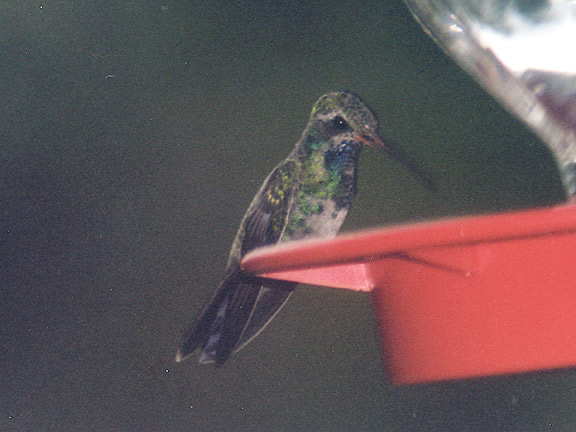
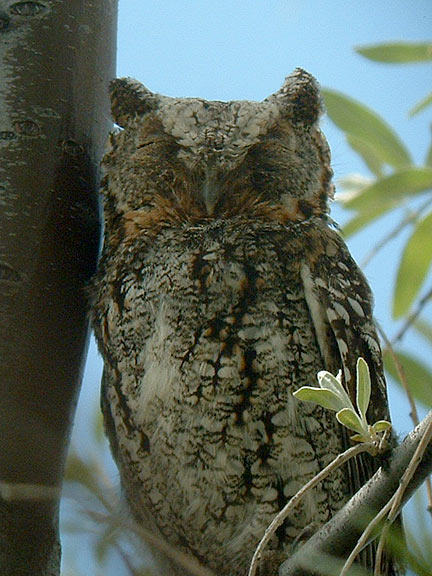
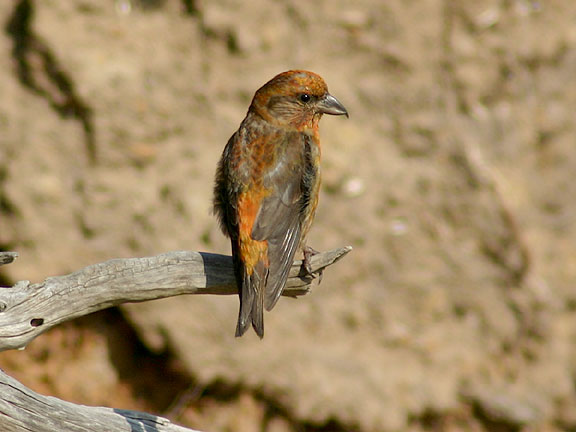
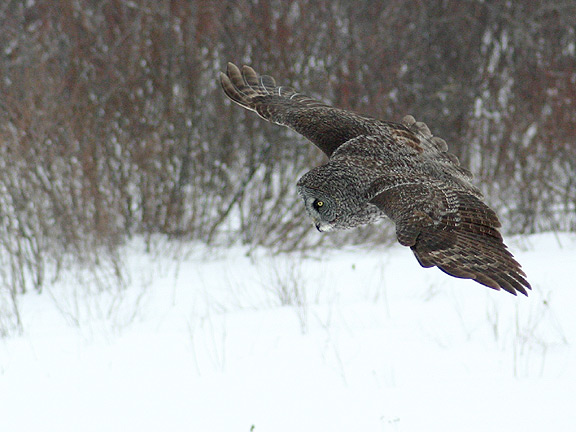
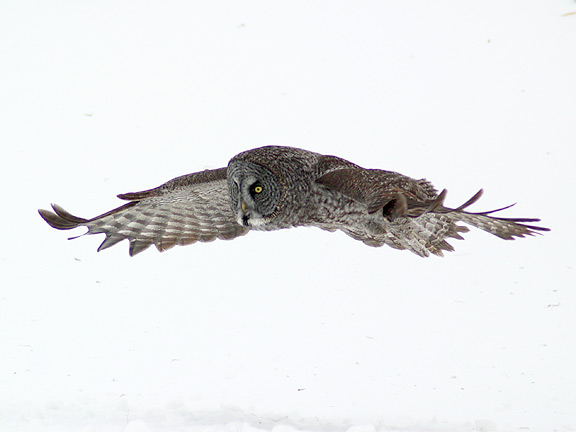
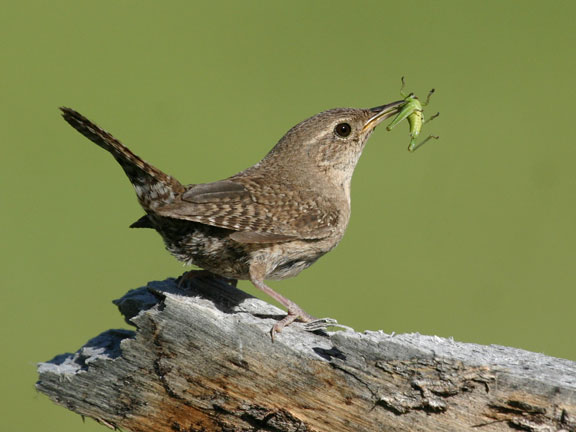
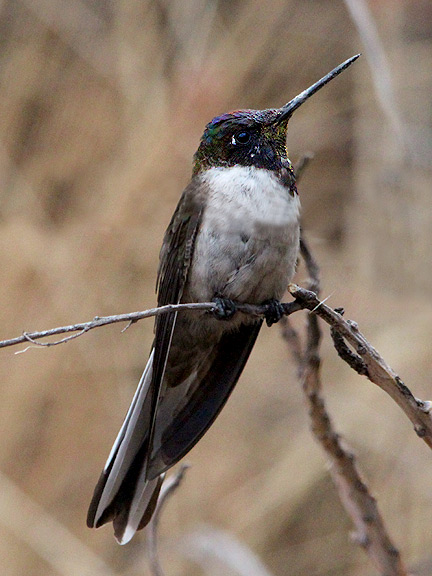
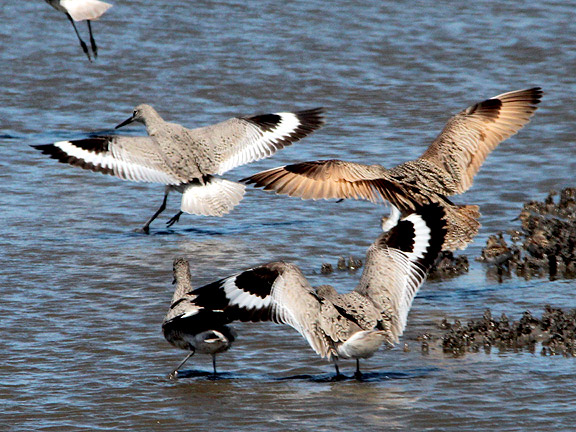

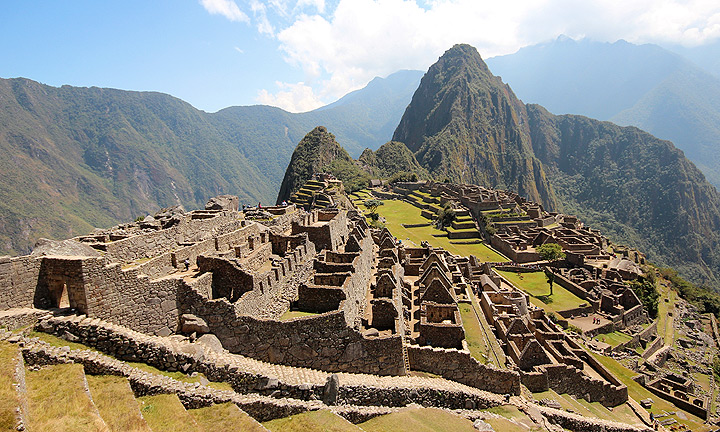

4 Comments:
Congratulations, Tim! You've done quite a job of tracking and documenting your history with photography. You reminded me of my first "serious" camera. I bought a Pentax MV1 SLR in Sendai, Japan in 1982. I used it in Japan for about a year and a half. I developed most of my film into slides rather than prints. It was always a question of whether or not things would turn out when I picked up the prints and slides at the store after they were developed. Who remembers Polaroid prints and waving them in the air to see if they would develop more quickly before your eyes?
@Jeff:
Thank you, its fun to go back and look at all the places I've gone, and things I've seen--it's a catalogued history of my birding and outdoor experiences, and its too much to even really comb through. Just the surface skimming of photos brings back tons of memories as is.
The first camera is a memorable one, much like a first pair of binoculars. I hated waiting, not knowing if what I got back from the developer was going to be a keeper of just junk. I shots numerous rolls of slide film, but it always costed more, and I had to use the damn projector to look at them. I wonder if photographers 30 years ago could have ever envisioned what has become of their hobby/profession.
My grandma had a Polaroid when I was growing up and I thought it was the coolest thing--it actually reminds me of photo lab in high school and college, and shaking or stirring the tray as the photo showed up on paper and seeing that it is either just what you wanted, or that the negative was very misleading!
Thanks for the comments!
What an incredible accomplishment; and such beautiful photos. Congratulations on putting together such an amazing collection. I wish I had the time to go through and enjoy all of them.
I once heard that the difference between an amateur and a professional is 10,000 pictures. So, good job.
Post a Comment
Subscribe to Post Comments [Atom]
<< Back to Previous